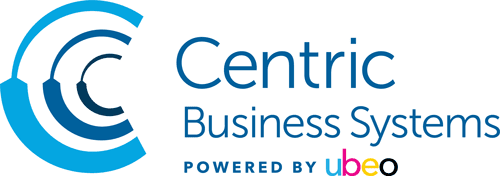Five Ways to Simplify Your Next Copier Purchase
Most organizations have found that an office copier is a critical piece of technology that helps drive overall business success. Many organizations have gone through replacement cycles of this technology tool at least two or three times, and have experienced the evolution to multifunction printers (MFP) that can copy, print, scan, and fax. Replacing a copier or MFP can be confusing and stressful. Here are five ways to remove that confusion and stress when selecting your next copier or MFP.
- Define the key problems you want to solve with the next copier or MFP. Is the problem that more maintenance or service is required than before to keep the older device running and available for use? Has the number of employees using the copier grown, causing workers to wait for access to the device and reducing overall employee productivity? Perhaps the new hybrid workforce poses concerns around whether to consolidate multiple devices or replace a large, centralized MFP with smaller, distributed machines? Are there increased security needs that the older copier does not meet? Most likely a combination of the answers to these questions will determine the final definition of the problem or problems a firm wants to solve when replacing an older device. Defining the problem clearly helps eliminate confusion when you begin the search for your next copier or MFP.
- Make a must-have feature list. Today’s copiers are multifaceted, with advanced standard features and other optional features. To avoid confusion when searching for a new copier or MFP, make a list of the top three to five features your firm cannot live without (don’t include paper size or machine speed in this list – we’ll touch on those separately). Are duplexing capabilities, automatic sorting, stapling, scanning, network printing, or fax must-haves for the organization? Is color printing a necessity? If security features are needed, you may want to include encryption, hard disk drive (HDD) erasure/overwrite, pull-print, or user authentication features on the list. Mobile and cloud print and scan features may also find their way onto your list. Manufacturers’ machine specification lists can seem overwhelming, and many firms find that only a small portion of the total features and functions found on a copier or MFP are used regularly. Having a must-have list removes the “analysis paralysis” and focuses decision-making on specifications that have real meaning to the firm.
- Know your measurements.In the past, most office copiers were large floor-standing A3 models able to print and copy up to 11×17 inch documents. Added to the wide selection of those types of models are new smaller A4 machines with the same feature sets as their larger siblings but capable of printing and copying only up to letter-sized (8.5×11 inch), or legal-sized (8.5×14 inch) documents. Do you need to print 11×17? When you look at your paper purchase history, you may find you’ve never printed or copied any document larger than legal size. If so, an A4-sized copier or MFP may be a good alternative to consider, especially if one of the problems identified in Point 1 was office space restrictions.
- Page volume, machine speed, and scalability.Knowing your average monthly page volume and how many pages are printed in an average print or copy job can be good indicators of the machine speed and scalability the new copier should provide. You want a new copier to productively and reliably handle the page volume produced. First copy out times (FCOT) and rated pages per minute (PPM) should both be considered when thinking about how fast a device will be processing your jobs. In situations where the average print job consists of one to three pages, FCOT will most likely play a more important role, compared to when an average print job consists of a high number of pages in which a faster PPM is more desirable. Whether a new device needs the ability to scale to increasing page volume needs requires a review of whether page volumes have increased over time on the current device, and if so by how much, as well as an estimate of any page volume growth you anticipate in the future.
- Dealer support. A new copier or MFP, just like the last, is a serious investment for any firm or organization. Protecting that investment after installation calls for working with a qualified dealership that has a credible track record in supporting the sophistication of engineering these new devices contain. You should select a dealer that will help you from the beginning of your copier or MFP search. A dealer acting as a professional solution provider will help you assess your problems, must-have lists, and page volume trends. They will also demonstrate a keen interest in understanding how you define business success and how office technology plays an important role in achieving that success, helping you make the best decision possible for your specific organization.
Centric Business Systems is ready to help you remove the confusion and stress in your next copier decision. With over 30 years of experience in the Mid-Atlantic region, we know that each organization we work with is unique and has its own set of problems and expectations. Contact us at (877) 902-3301 or visit www.centricbiz.com to learn more or to schedule an assessment and consultation today.
Tags: Multifunctional Devices
